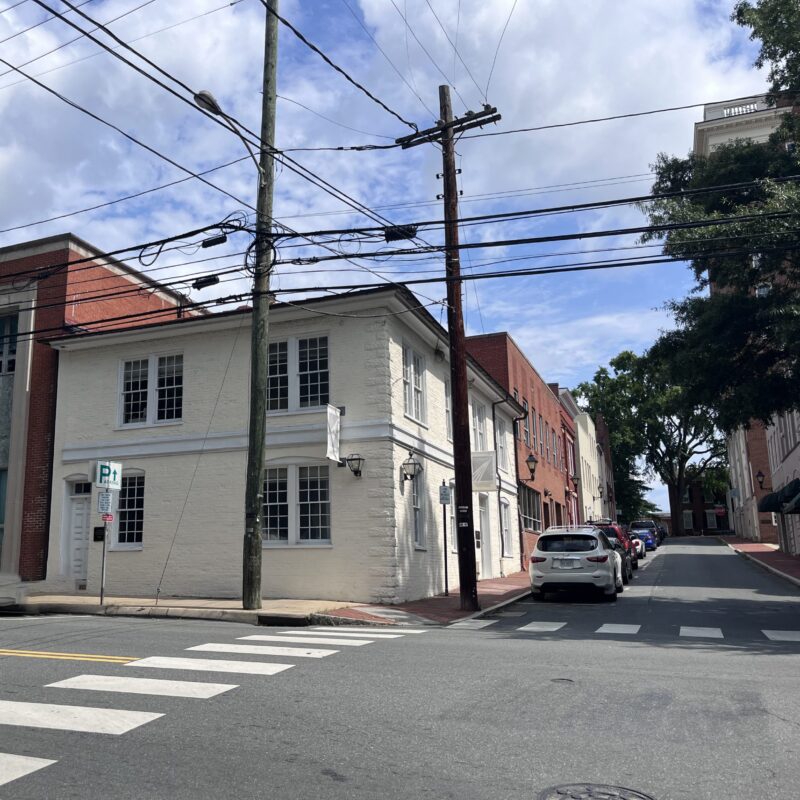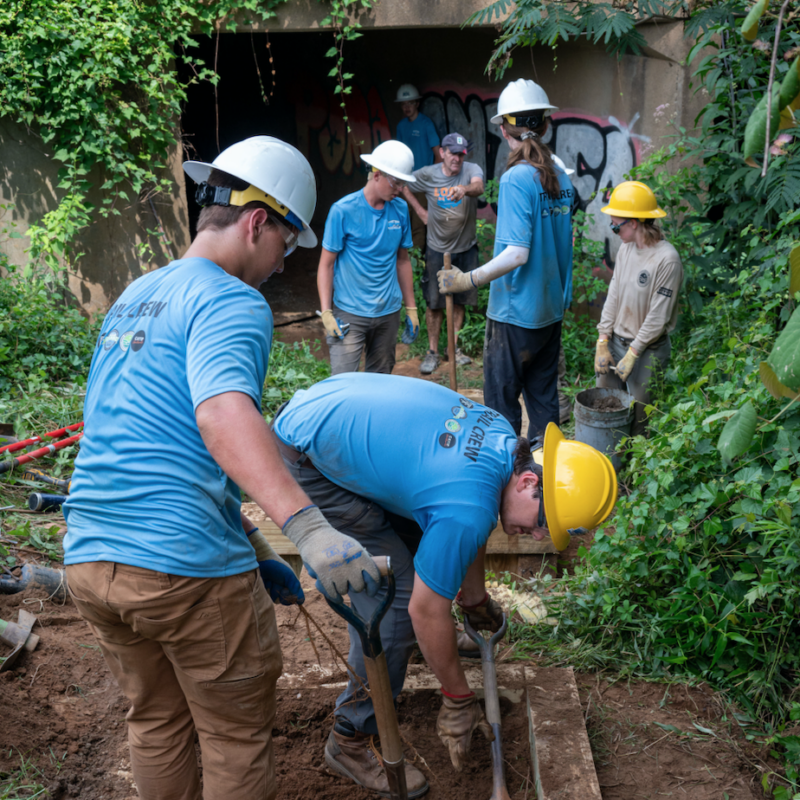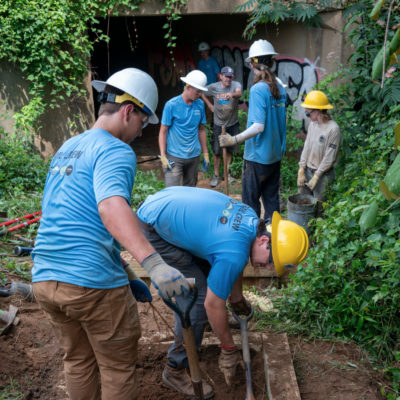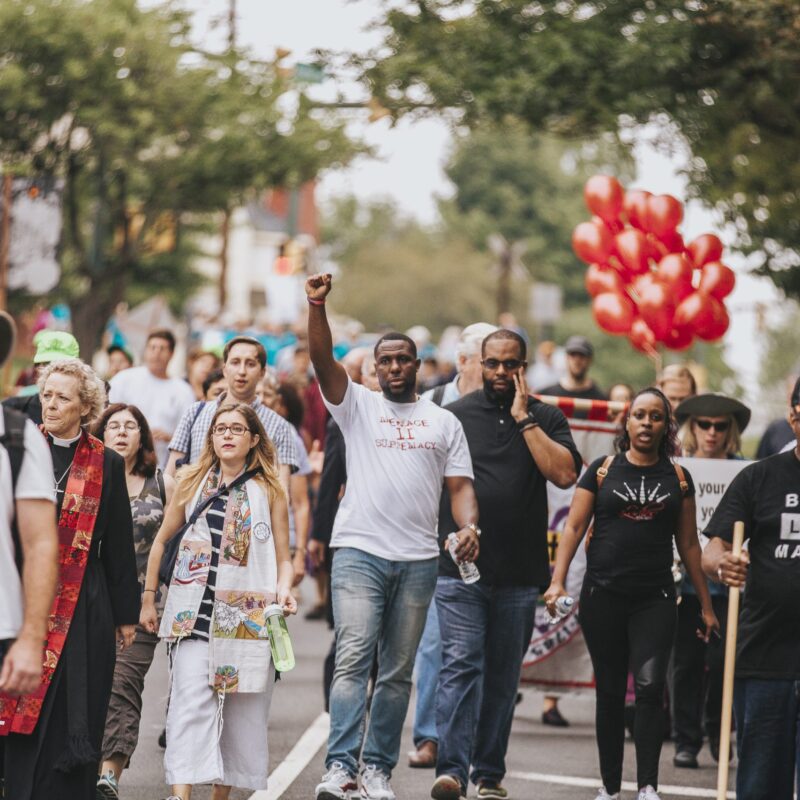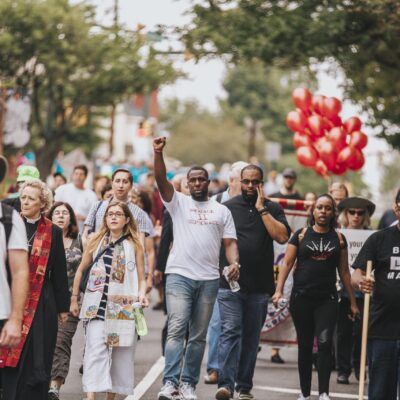Less than a year ago, the City of Charlottesville kicked off the Dialogue on Race, what Acting City Manager Maurice Jones now calls the “largest civic engagement project” in the city in a long time. More than 700 people began the process in January and participated in study circles—comprising residents from different backgrounds and mediated by a consulting firm. The circles met to discuss how to help resolve racial tensions in the city.
|
Charlene Green, a program coordinator for the Dialogue on Race, says the city currently lacks a marker that commemorates the integration of Charlottesville’s school system. |
The first phase of the process, which ended in March, focused strictly on discussion. Jones says recurring themes in those talks included “the issue of history, and whose history is highlighted in Charlottesville, and the fact that there hasn’t been a lot of focus on African-American history here in the city.”
The next phase—the creation of action items developed from those study circles—is now underway. Four workgroups were created around the big themes of education, government, economics and society/culture. Each group organized action teams tasked to develop a plan to concretely acknowledge and address the city’s complex racial legacy.
A history and tourism action team, for instance, was developed under the umbrella of the society/culture group. According to Charlene Green, a program coordinator for the Dialogue on Race, one element of the team’s discussions was “in what ways is the tourism industry within Charlottesville reflective of everyone here and not just of Thomas Jefferson…but other aspects of Charlottesville’s history, which is also very, very important.”
To that end, Jones says the city will apply for at least one historic marker commemorating the Charlottesville 12, the dozen students who first integrated the city’s school system more than 50 years ago, when Charlottesville closed two public schools as part of the Massive Resistance response to school desegregation.
“Right now we don’t have anything around town that points to the significance of the incident of integration in Charlottesville,” says Green. Locations discussed for a marker include Charlottesville High School and Venable Elementary. The city may apply to the Virginia Department of Historic Resources for a marker for each location.
“Ultimately, the way I see it, this is just one step in the process of honoring all of our history in Charlottesville,” says Jones.
A heritage tour or history walk is also in the works. Green says a discussion began about developing an application for smart phones that would show what Charlottesville neighborhoods and buildings once looked like. “If you were in a specific spot and the building doesn’t exist anymore…you could hold up your phone and get a picture of what that building looked like and some information about what the history was,” she says. She concedes that nothing has been done yet with that particular idea.
Jones says the city is pleased with the progress to date. To critics of the process, he says that “these issues surrounding race in Charlottesville were not created overnight and they are not going to be solved overnight. We have to keep the ball rolling.”
C-VILLE welcomes news tips from readers. Send them to news@c-ville.com.
.jpg)
